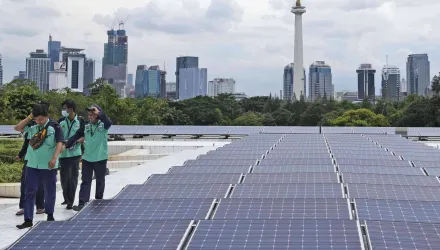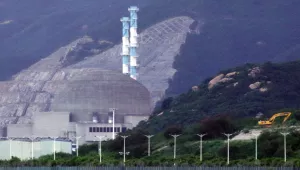Energy Policy Seminar: Carolyn Fischer on "Overlapping Policies with Tradable Performance Standards"
Join us for an Energy Policy Seminar featuring Carolyn Fischer, Research Manager of the Sustainability and Infrastructure Team in the Development Research Group of the World Bank. Fischer will give a talk on "Overlapping Policies with Tradable Performance Standards: Insights from Emissions Trading in China." Q&A to follow. Buffet-style lunch will be served.
Registration: No RSVP is required. Room capacity is limited and seating will be on a first come, first served basis. The seminar will also be streamed via Zoom. Virtual attendees should register using the button below; upon registering, attendees will receive a confirmation email with a Zoom link.
Recording: The seminar will be recorded and available to watch on this page (typically one week later). Those who register for this event will automatically receive a link to the recording as soon as it becomes available.
Accessibility: Persons with disabilities who wish to request accommodations or who have questions about access, please contact Liz Hanlon (ehanlon@hks.harvard.edu) in advance of the session.
Sponsors: The Belfer Center's Environment and Natural Resources Program, the Mossavar-Rahmani Center for Business and Government, the Harvard University Center for the Environment, the Salata Institute for Climate and Sustainability



